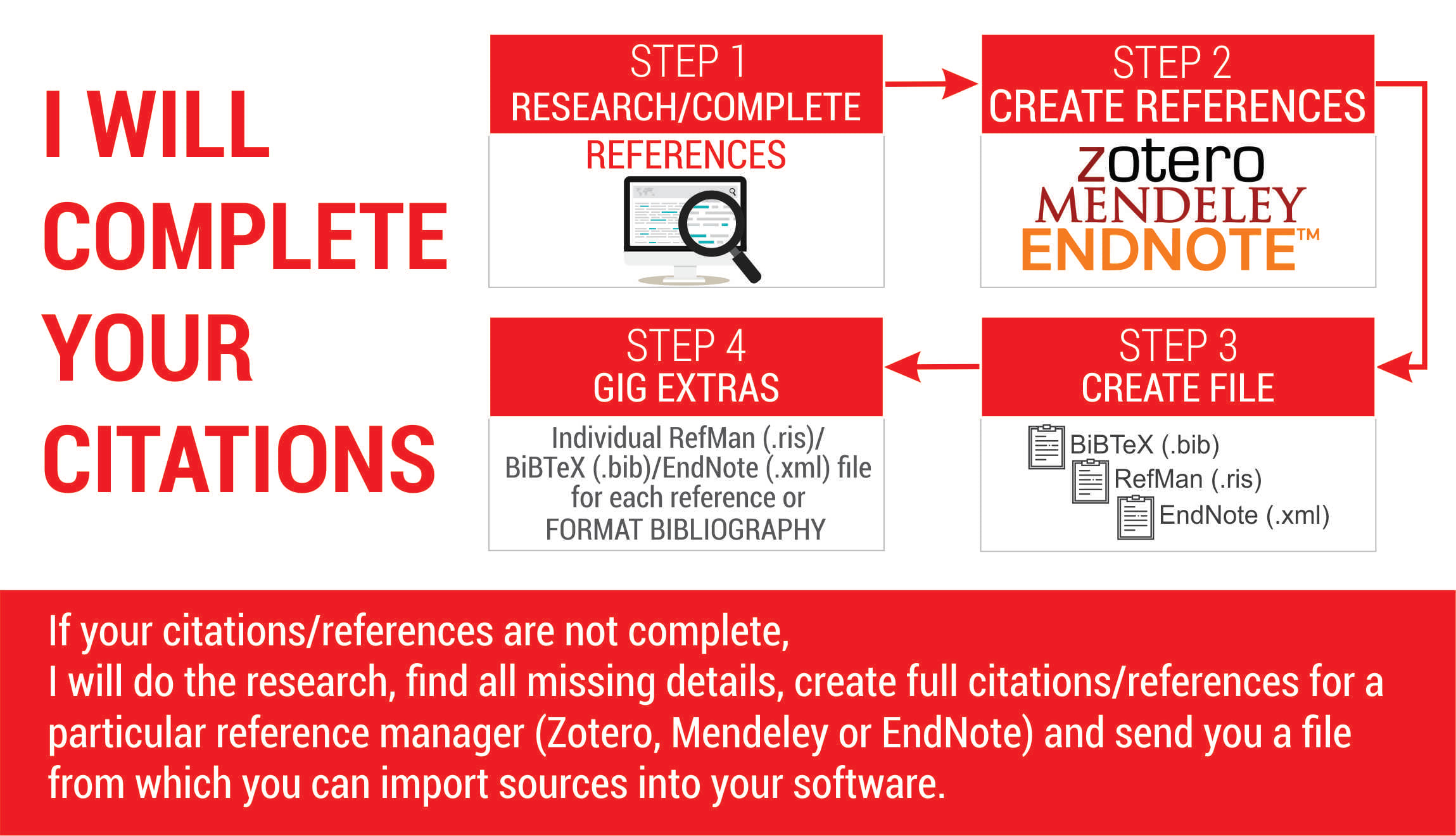


Special thanks to Maura Ives, Bruce Herbert, and Texas A&M University graduate students Karen Davis, Wendy Bustamante, Alex Haitos, Mary Ross, and Jeffrey Utzinger for their feedback on Zotero.

Lets you add print resources using the ISBN.Has tagging features with many potential applications, easier to access on Zotero than RefWorks.Has a sync feature that allowed references to be stored and exchanged between devices.Integrates well with RefWorks - straightforward to move references from RefWorks into Zotero.Provides easy ways to organize entries in Zotero libraries: students appreciated the drag-and-drop functionality.Allows users to easily collapse and expand entries in their Zotero libraries.
#Zotero vs endnote 2017 install#
Is easy to install and fairly intuitive to use.Is an open source, freely-available product that does not require a subscription.In Spring 2014, students in Professor Maura Ives's graduate research methods course, English 603: Bibliography and Research, tested Zotero alongside RefWorks. Yes: current downloaded version only, no upgradesĬomparison created by Texas A&M University librarians Paria Tajallipour, Sarah Bankston, Carolyn Jackson, and Stephen Bales, drawing on the example provided by the Graduate Institute of International and Development Studies.
#Zotero vs endnote 2017 software#
*RefWorks is not free, but TAMU licenses for use by the listed groups.įree up to 300 MB / $20 for 2 GB / $60 for 6 GBĭownloadable software and web-based application *EndNote is not free, but TAMU licenses for use by the listed groups.Īvailable for free* for TAMU with TAMU NetID and password via / Desktop downloadable version available through Texas A&M Software Center. Available for free* for TAMU-College Station students, staff, and faculty.


 0 kommentar(er)
0 kommentar(er)
